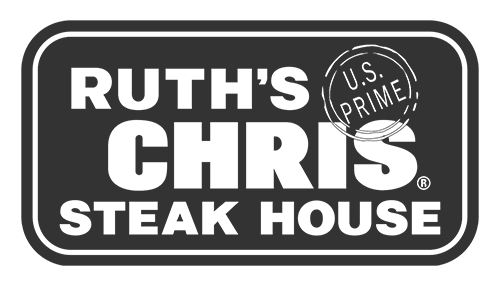Technology isn’t something new to restaurants – it’s just something that has not been adopted by everyone yet. The restaurant industry is filled with people that really need help becoming more profitable and more efficient without losing hours in their days.
For restaurateurs that serve multiple roles — operator, chef, manager, — good technology can be the difference between success and failure.
You’re probably asking yourself “which ones are the best”? The answer is there isn’t a real “leader”, just lots of companies attempting to create their own software to help restaurants run better – which isn’t normal. Most markets grow into a clear set of “winners”.
Restaurants can be chaotic and unpredictable.
Most of them are not prepared to forecast a customer’s demand.
- How many will show up for in-house dining?
- What will they want to order and how much will they order?
They work with an irregular workforce. They work with suppliers and distributors that are known to change their prices at any time and produce ingredients that can often go bad within a short period of time if not stored correctly. Not many other industries deal with these types of vigorous forces acting or vital success factors that impact their survival and profitability.
The foodservice supply chain has a ton of power.
Certain dynamics of the food business are the driving force of a lot of power and control with food suppliers. Most crops that farmers produce have a very limited time to reach their market. They have to sell it – and fast!
Then you have foodservice operators like restaurants who have menus featuring items like a Chicken Caesar Salad, which has fan favorites who are sure to include it in their order. If the restaurant does not have all the ingredients on hand – they’re in trouble!
Could you imagine saying “I’m sorry we are out of ingredients to make your favorite salad – do you want to try something else”? Well no, of course they don’t want to try something else because they came to your restaurant because you make the best Chicken Caesar Salad in town.
In the middle, there are foodservice suppliers who have much more freedom to spread their risk across the supply and demand chain and make changes at any point in their pricing to ensure they are maximizing return on what they are supplying.

Way Too Much Data. Not Enough Time
The volume and complexity of the data is uncontrollable.
When you think of the number of ingredients it takes to make a Chicken Caesar Salad, breaking down the recipe by ingredient and looking up today’s prices for each ingredient sounds easy. This is called your cost per dish.
But then you realize you’ve added a new supplier for your chicken. This supplier sells different case sizes than your previous supplier. Also, your chef recently made changes to the recipe, adding avocado (which there has been a recent spike in price to due heavy rains) and extra chicken.
What seemed so easy in theory actually requires more attention on a daily basis to maintain or your current system is giving you inaccurate data.
If there is anything restaurant chefs and owners can all agree on, it’s that everyone hates taking inventory and is terrible at it. Check out these top 3 reasons why chefs hate inventory.

The approach is too logical.
Most restaurant technology in restaurants has been created by people who are thinking too logically.
- Do you know what ingredients will be used? Yes
- Do you know the prices of those ingredients today? Yes
- Do you know how many you sold today? Yes
- Will you count inventory today? Yes, but it depends on how much time I have.
We’re sure you’re thinking something like “see, its easy and it works”. But everything changes when reality sets in.
Software is built by pretty smart people that are talented enough to write formulas that work in testing (something not all of us can do). They can even build what their customers are asking for, things like:
- Count onions by 5lb bags, and then individually
- Allocate these lemons and limes as part of my bar costs and not food costs
- Create approval process for when we receive product
The issue is that most of the features come from customers that have spent years trying to navigate the ever changing restaurant tech market, where software engineers have basically created all the rules. Customers also have to count and organize their ingredients. They have to tell us if this supplier’s beef is the same as this other supplier’s beef.

Conclusion
Restaurant reality matters.
At the center of our data analytics where we manage our customers’ ingredients, we apply simple and easy to use technology to help restaurant chefs and owners be more profitable with food costs.
What restaurant chef and owners are looking for is a “we can do it for you” data-driven approach. With the right solution, you can save money in purchasing, decrease waste, become more efficient, and improve your back-of-house processes.
At the end of the day, restaurant technology doesn’t suck with the right solution. FoodBAM offers restaurants tools and insights to help you manage your business. Interested in learning more? Request a demo!










